Have you ever walked into a building and noticed those colorful signs with symbols and text telling you what to do (or not to do)? Those are safety signs, and they play a crucial role in keeping us all safe and sound. In this article, we will examine the various types of safety signs, their significance, and the best practices for their effective use in the workplace. Understanding these elements is crucial for maintaining a safe and compliant work environment.
Introduction
Imagine a world without safety signs. You’d walk into a construction site not knowing where the hard hat area begins, or you might accidentally wander into a high-voltage area without realizing the danger. That’s where safety signs come in – they’re like silent guardians, always on duty to keep us informed and protected.
Safety signs are visual tools designed to communicate important safety information quickly and effectively. Their purpose is simple yet vital: to prevent accidents, promote safe behaviors, and guide people during emergencies. Think of them as your personal safety assistants, always there to give you a heads-up about potential dangers or required actions.
In today’s globalized world, it’s more important than ever to have a common “safety language” that everyone can understand. That’s why standardized safety signs have become so crucial. Whether you’re in New York or New Delhi, a “No Smoking” sign should mean the same thing and be instantly recognizable.
In this article, we’ll explore the different types of safety signs, how they’re categorized, and the best ways to use them. We’ll also touch on the importance of following regulations and standards when it comes to safety signage. By the end, you’ll be a safety sign pro, ready to spot, understand, and use these vital communication tools in any setting.
Table of Contents
- Key Information
- Common Safety Signs and Their Categorization
- Best Practices for Using Safety Signs
- Regulatory Compliance and Standards
- Conclusion
- References
Section 1: Key Information
1.1 Overview of Standardized Safety Signs
Imagine trying to navigate a foreign country where every road sign is different and uses unfamiliar symbols. Pretty confusing, right? That’s why standardized safety signs are so important. They create a universal language of safety that crosses borders and language barriers.
International organizations like the International Organization for Standardization (ISO) and the American National Standards Institute (ANSI) have developed guidelines to ensure that safety signs look and mean the same thing wherever you go. This standardization is crucial because it allows people to quickly recognize and understand safety information, even in unfamiliar environments.
Visual communication is at the heart of safety signs. Our brains process visual information much faster than text, which is why safety signs often use bold colors, simple shapes, and clear symbols. This visual approach helps convey critical information quickly, which can be a lifesaver in emergency situations.
1.2 The Role of Colors and Shapes
When it comes to safety signs, colors and shapes aren’t just about looking pretty – they’re packed with meaning. Let’s break it down:
Colors:
- Red: Danger! Stop! No! (Think of a stop sign)
- Yellow: Caution, watch out! (Like a banana peel on the floor)
- Green: Safety, go ahead, you’re good (Think “green light”)
- Blue: Mandatory action required (Like “you must wear a hard hat”)
Shapes:
- Circle: Mandatory action or prohibition (Depending on the color)
- Triangle: Warning (Like a yield sign)
- Square or rectangle: General information or safe condition
- Octagon: Stop (You guessed it, like a stop sign)
By combining these colors and shapes, safety signs can communicate a lot of information at a glance. For example, a red circle with a diagonal line through it always means “Don’t do this!” whether it’s applied to smoking, entering an area, or using your phone.
Section 2: Common Safety Signs and Their Categorization
Now that we’ve covered the basics, let’s dive into the different types of safety signs you might encounter in your daily life or at work.
2.1 Prohibition Signs
Description: These are the “Don’t do it!” signs. They’re like the strict parent of the safety sign world, always telling you what not to do.
Examples:
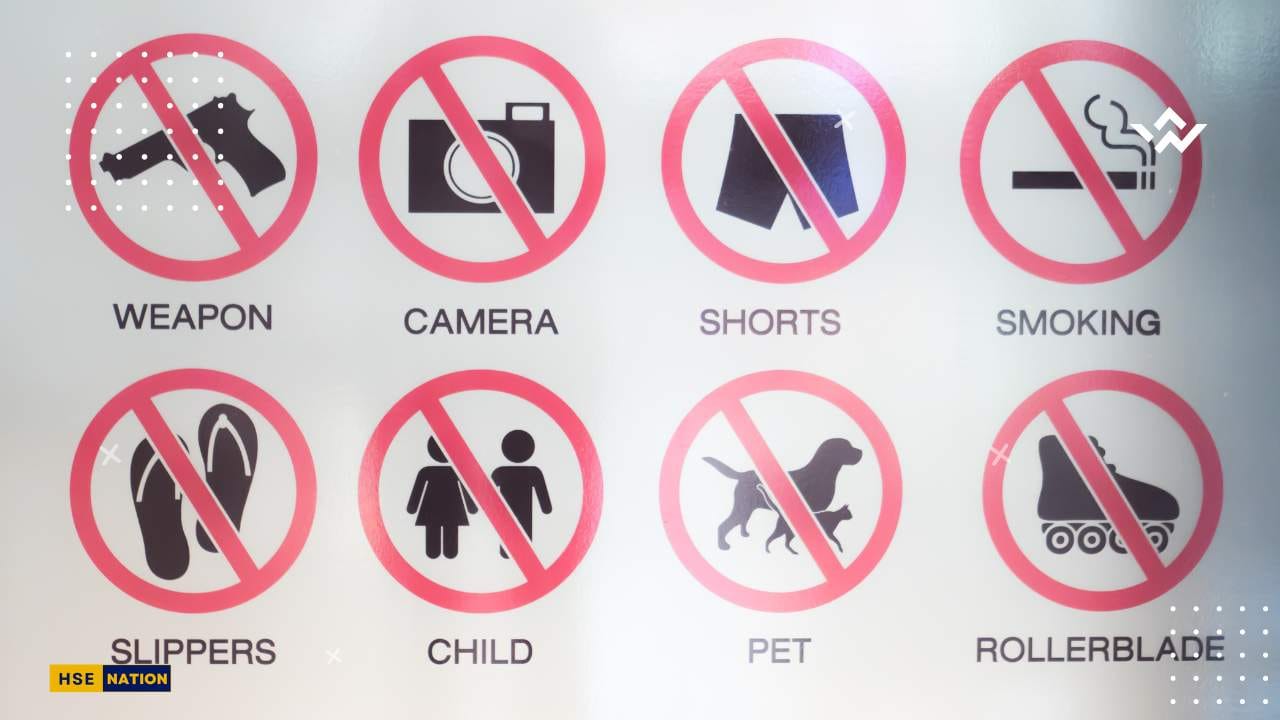

Importance: Prohibition signs play a crucial role in preventing dangerous behaviors. They’re often used in areas where certain actions could lead to accidents, injuries, or damage to equipment. By clearly stating what’s not allowed, these signs help maintain a safe environment for everyone.
2.2 Mandatory Signs
Description: If prohibition signs are the “Don’ts,” mandatory signs are the “Do’s.” They tell you what you must do to stay safe.
Examples:
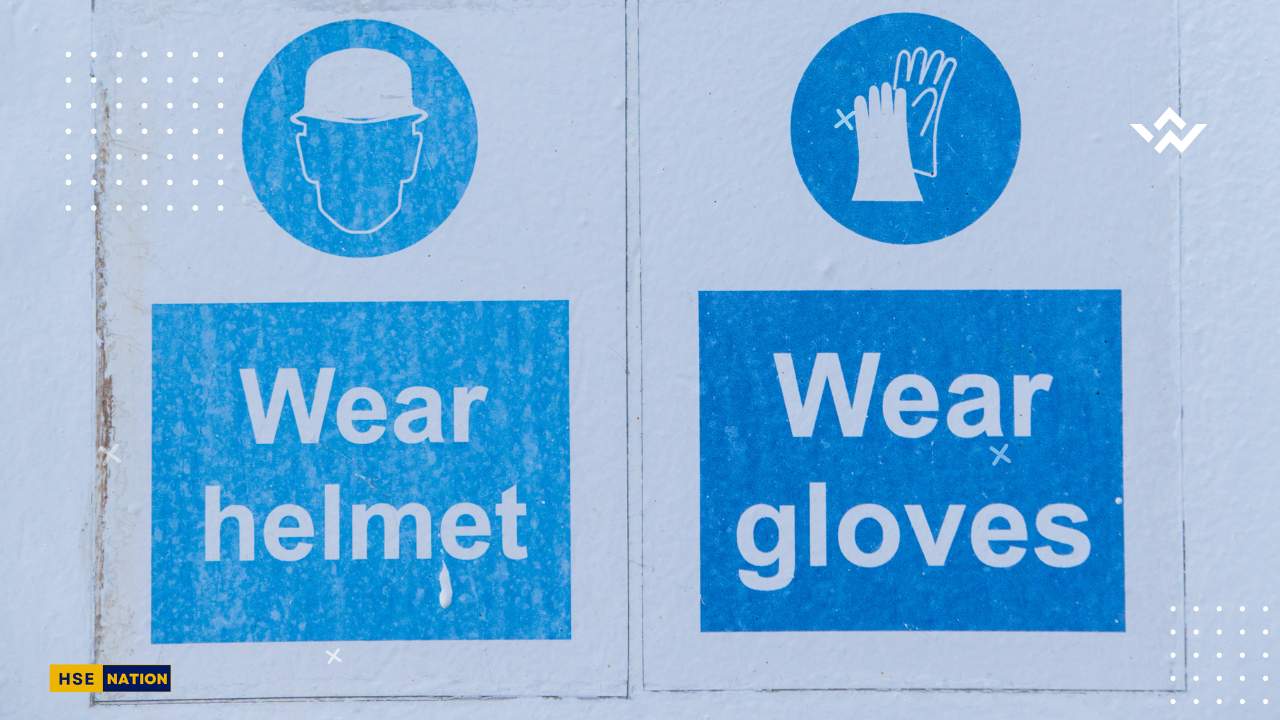

Importance: Mandatory signs ensure that everyone follows essential safety protocols. They’re particularly important in workplaces where specific safety gear or procedures are necessary to prevent injuries or accidents.
2.3 Safe Condition Signs
Description: These are the “You’re okay” signs. They point you towards safety equipment, exits, or safe areas.
Examples:
- “First Aid Kit”
- “Emergency Exit”
- “Assembly Point”
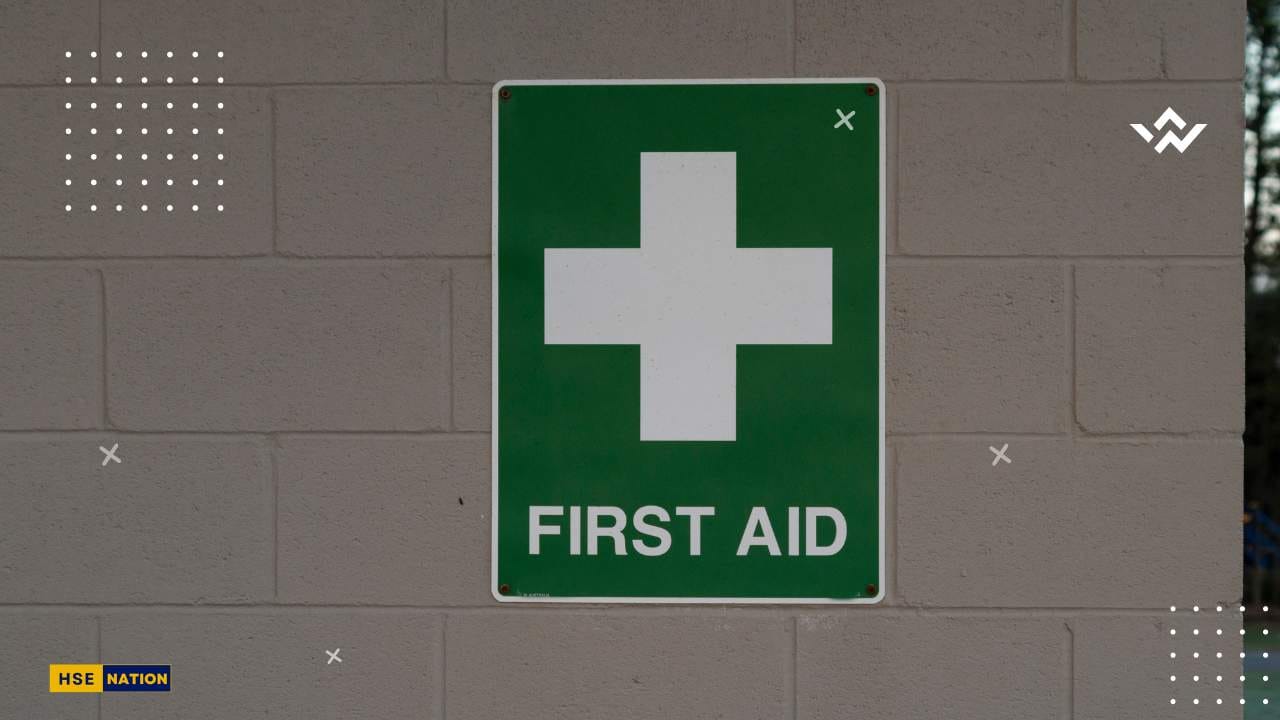

Importance: In an emergency, knowing where to find help or how to get out can be a matter of life and death. Safe condition signs guide people to safety resources and evacuation routes, potentially saving lives during critical situations.
2.4 Warning Signs
Description: Warning signs are the “Watch out!” signs. They alert you to potential hazards in the area.
Examples:
- “High Voltage”
- “Wet Floor”
- “Beware of Dog”
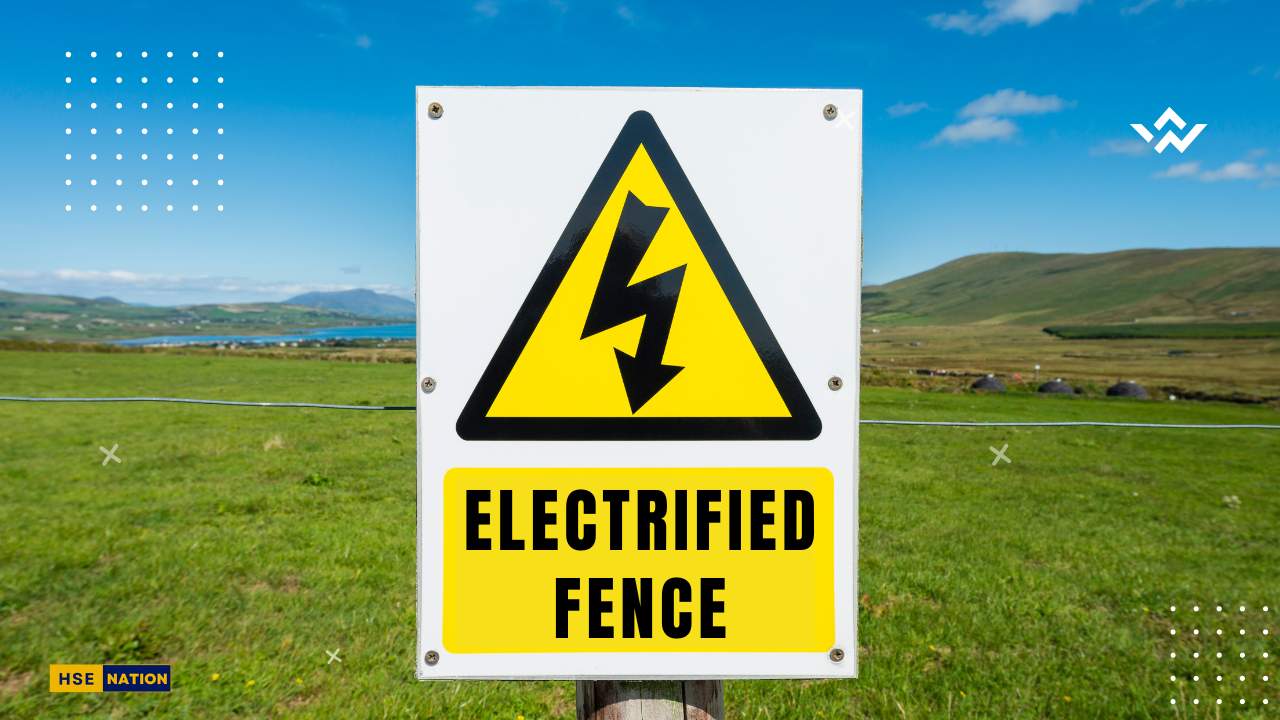

Importance: By giving people a heads-up about potential dangers, warning signs allow individuals to take necessary precautions. This awareness can significantly reduce the risk of accidents and injuries.
2.5 Fire Safety Signs
Types and Requirements: Fire safety signs come in various forms, including:
- Exit signs (usually green with white text)
- Fire alarm call points (often red)
- Fire extinguisher location signs
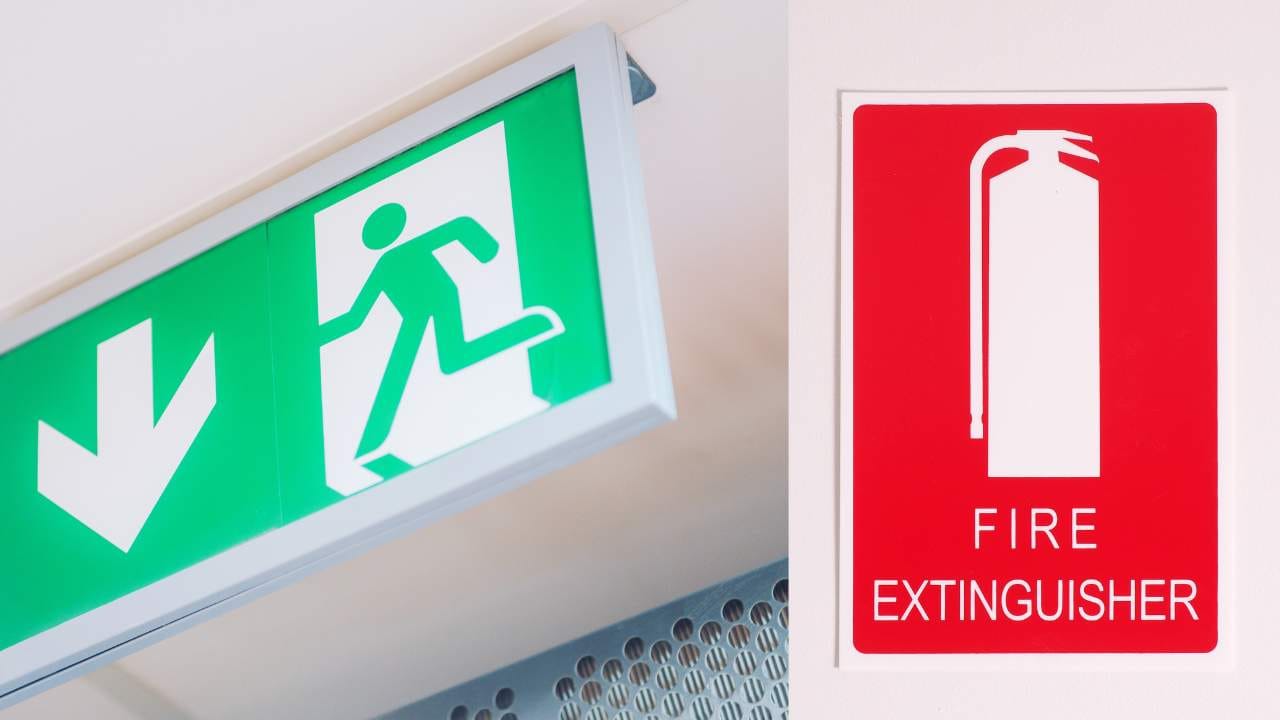

Regulatory Standards: Fire safety signage is heavily regulated because of its critical role in emergencies. For example, exit signs must be illuminated and visible even if the power goes out.
Importance: In a fire, every second counts. Clear, well-placed fire safety signs can make the difference between a safe evacuation and a tragedy. They guide people to exits and help them locate fire-fighting equipment quickly.
Section 3: Best Practices for Using Safety Signs
Now that we know about different types of safety signs, let’s talk about how to use them effectively.
3.1 Placement and Visibility
Imagine you’re in a crowded shopping mall, and there’s an emergency exit sign hidden behind a potted plant. Not very helpful, right? That’s why proper placement of safety signs is crucial.
Here are some tips for effective sign placement:
- Height: Place signs at eye level when possible. If they need to be higher or lower, make sure they’re still easily visible.
- Distance: Consider how far away people will be when they need to see the sign. Larger signs may be necessary for greater distances.
- Lighting: Ensure signs are well-lit and visible in all lighting conditions. Some signs, like exit signs, should be illuminated at all times.
- Obstacles: Keep the area around signs clear of obstructions.
Remember, a safety sign is only effective if people can see and read it easily.
3.2 Regular Inspection and Maintenance
Safety signs are like soldiers on guard duty – they need to be in top shape to do their job effectively. Regular inspections and maintenance are crucial to ensure that safety signs remain visible and legible.
Here’s a quick checklist for sign maintenance:
- Check for physical damage (cracks, dents, peeling)
- Ensure signs are clean and free from dirt or grime
- Verify that illuminated signs are working properly
- Replace faded or worn signs
- Make sure signs haven’t been moved or obscured
By keeping your safety signs in good condition, you ensure they can continue to protect people effectively.
3.3 Employee Training and Awareness
Having great safety signs is only half the battle – people need to understand and follow them too. That’s where employee training comes in.
Here are some strategies to promote awareness and compliance:
- Include safety sign education in new employee orientations
- Conduct regular refresher training on the meaning of different signs
- Use quizzes or games to make learning about safety signs more engaging
- Encourage employees to report any missing or damaged signs
- Lead by example – make sure management always follows safety sign instructions
Remember, the most effective safety culture is one where everyone understands and values the importance of safety signs.
Section 4: Regulatory Compliance and Standards
4.1 Overview of Relevant Regulations
When it comes to safety signs, it’s not just about being helpful – it’s about following the law. In the United States, the Occupational Safety and Health Administration (OSHA) sets the rules for workplace safety signs. Other countries have similar regulatory bodies.
These regulations cover various aspects of safety signs, including:
- Design and color standards
- Size requirements
- Placement guidelines
- Specific signs required for certain hazards or industries
For example, OSHA requires that safety signs be visible at all times when work is being performed, and that signs for specific hazards (like radiation or biohazards) meet strict design standards.
4.2 Consequences of Non-Compliance
Failing to comply with safety sign regulations isn’t just a safety risk – it can also hit you where it hurts: your wallet. Non-compliance can lead to:
- Hefty fines from regulatory bodies
- Increased insurance premiums
- Legal liability in case of accidents
- Damage to company reputation
But more importantly, proper safety signage saves lives. By following regulations, you’re not just avoiding fines – you’re creating a safer environment for everyone.
Conclusion
From the “No Smoking” sign at your local restaurant to the complex safety signage in a nuclear power plant, safety signs play a crucial role in our daily lives. They’re our silent guardians, always on duty to keep us informed and protected.
Let’s recap the key points we’ve covered:
- Safety signs use standardized colors, shapes, and symbols to communicate quickly and effectively.
- There are several types of safety signs, each with a specific purpose: prohibition, mandatory, safe condition, warning, and fire safety signs.
- Proper placement, regular maintenance, and employee training are crucial for safety signs to be effective.
- Compliance with safety sign regulations is not just a legal requirement – it’s a moral obligation to protect people’s lives.
As we wrap up, remember that safety is everyone’s responsibility. Whether you’re a business owner, a manager, or an employee, you have a role to play in creating a safe environment. Pay attention to safety signs, follow their instructions, and encourage others to do the same.
Next time you see a safety sign, take a moment to appreciate its simple yet powerful message. It might just save your life or the life of someone around you. Stay safe out there!
References
- International Organization for Standardization. (2011). ISO 7010:2011 – Graphical symbols — Safety colours and safety signs — Registered safety signs.
- American National Standards Institute. (2011). ANSI Z535.1-2011 (R2017) – Safety Colors.
- Occupational Safety and Health Administration. (n.d.). Safety and Health Signs and Tags. Retrieved from https://www.osha.gov/laws-regs/regulations/standardnumber/1910/1910.145
- National Fire Protection Association. (2021). NFPA 170: Standard for Fire Safety and Emergency Symbols.
- Health and Safety Executive. (2015). Safety signs and signals: The Health and Safety (Safety Signs and Signals) Regulations 1996.


